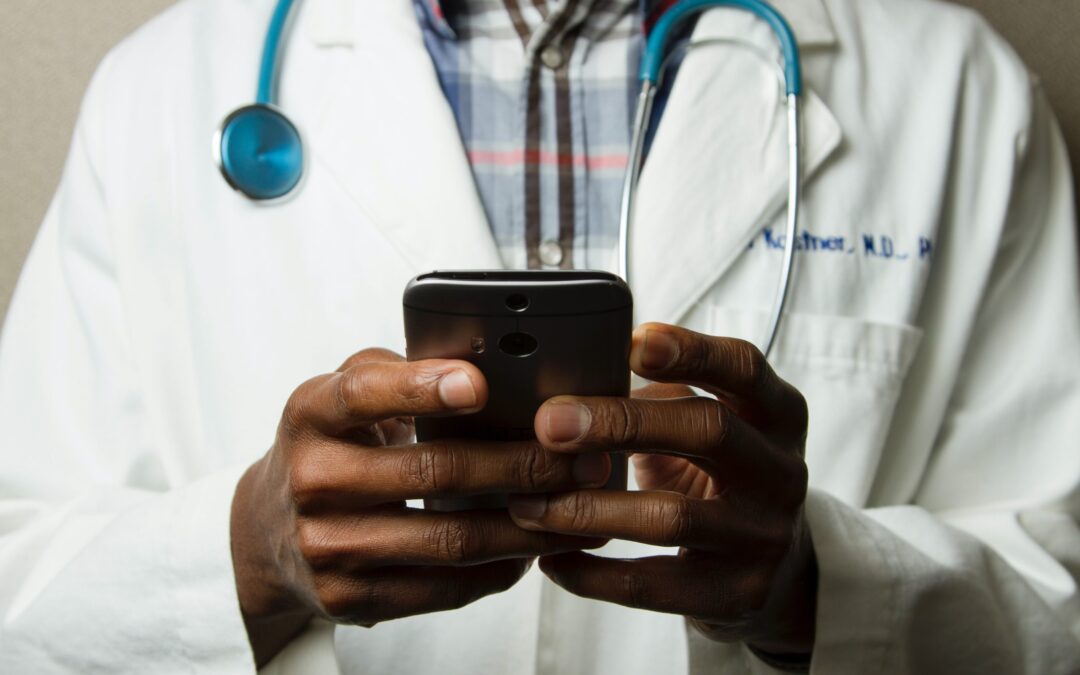Due to the Covid-19 pandemic, everyone has had to make some major changes to their everyday lives within the past year. Many adults have grown accustomed to working from home, children have been doing online school, and most healthcare providers have made the transition to telehealth.
The Health Resources Services Administration defines telehealth as the use of electronic information and telecommunications technologies to support long-distance clinical health care, patient and professional health-related education, public health, and health administration. Technologies include videoconferencing, the internet, store-and-forward imaging, streaming media, and terrestrial and wireless communications.
Telehealth has almost become the norm now when it comes to healthcare appointments and consultations. In 2021, 93% of clinicians believe that telehealth is an “acceptable” option for medical care.
Although the world is beginning to open up again, and many people are ready to be out and about again, it is important to recognize some of the benefits that have come along with the shift to telehealth.
[Related: Telehealth Helps Individuals With Mental Health Disorders Stay Connected]
 Benefits of Telehealth
Benefits of Telehealth
- Convenience
- No more wasted time in waiting rooms, or driving to your healthcare provider- telehealth allows people to attend appointments from the comfort of their own homes, and has greatly decreased the number of “no-shows” or missed appointments.
- New ability to provide care for those with mobility limitations
- For individuals who have mobility limitations, telehealth has taken out the variable of having to arrange appropriate transportation for appointments.
- Social support availability
- When dealing with a health dilemma, it is always difficult to go through it alone. Telehealth now allows for you to be with whoever your support system may be (family, friends), or conference them into appointments, so you can have the people you want most to be there with you the entire time.
- Remote monitoring
- Although you might not be going into an appointment in person, healthcare providers now have simple ways to check in on you and monitor your progress, while actually cutting costs.
- Greater access to care
- Telehealth has the ability to reach individuals in areas when care may have previously not been available. This has in turn resulted in telehealth largely stretching out provider networks within the last year.
- More privacy, and more diversity!
- Maybe the most important benefit is the ability to seek out care in the privacy of your own home. Unfortunately, many individuals still face stigma when seeking out healthcare services based on their gender, sexuality, race, or ethnicity. Telehealth has made care available for individuals who have spent their entire lives feeling alienated from the healthcare system as a whole.
In fact, 83% of patients now say that they are likely to continue using telehealth even after Covid-19.
[Related: Is US Healthcare Ready for the Mental Health Crisis That Will Follow COVID-19?]
As a whole, telehealth cannot entirely replace in-person healthcare. There will always be appointments that will require certain tests or scans that will require going into the office. In addition, certain diagnoses do require in-person care.
However, the benefits of telehealth are real and have made healthcare more inclusive.
For women, LGBTQIA+ individuals, and racial and ethnic minorities, telehealth has opened up a much more approachable and accessible way to receive treatment.
Telehealth may have emerged because of unfortunate circumstances, but it is always good to know that good things have come along with it.

